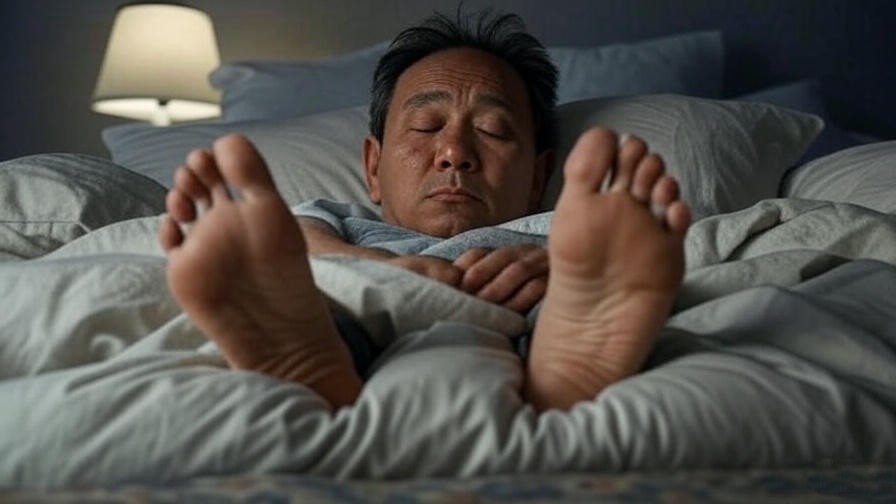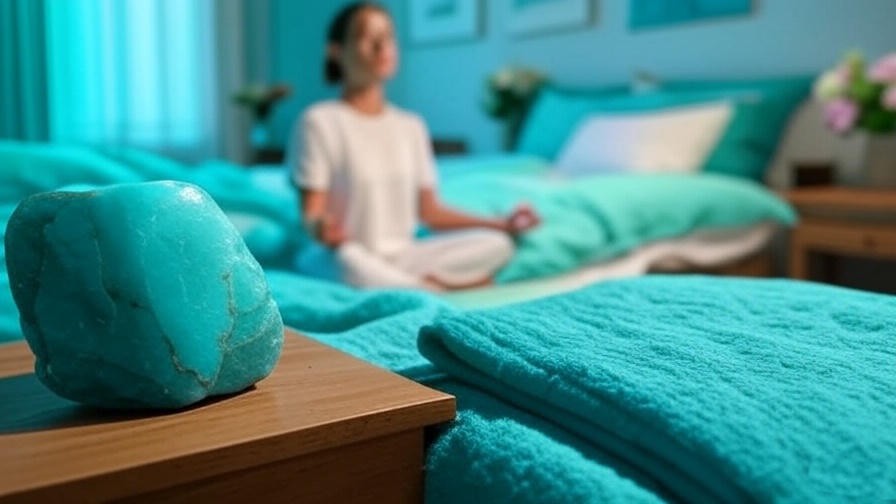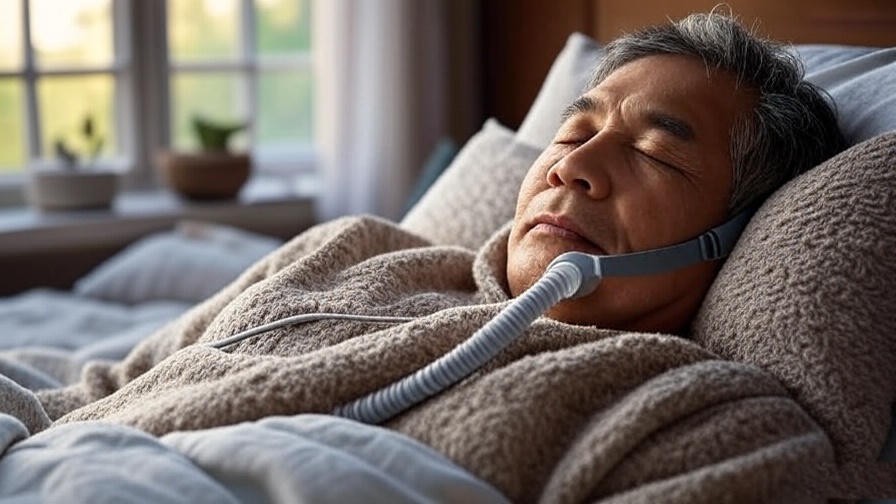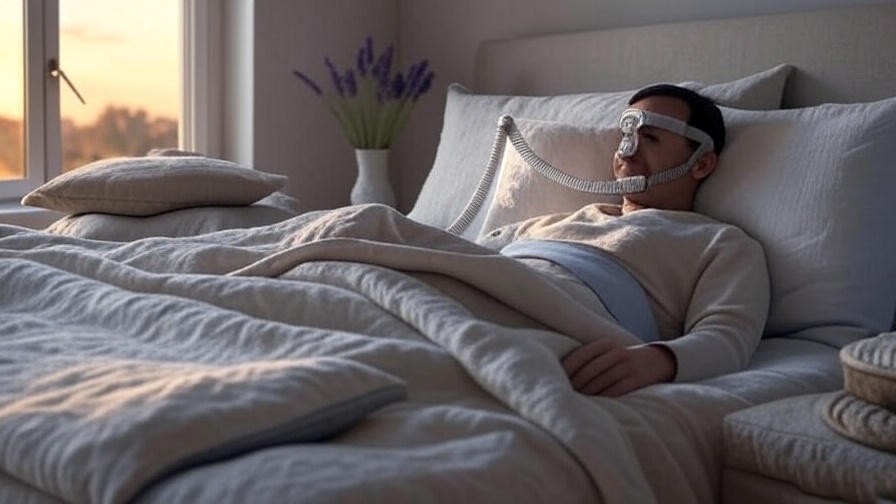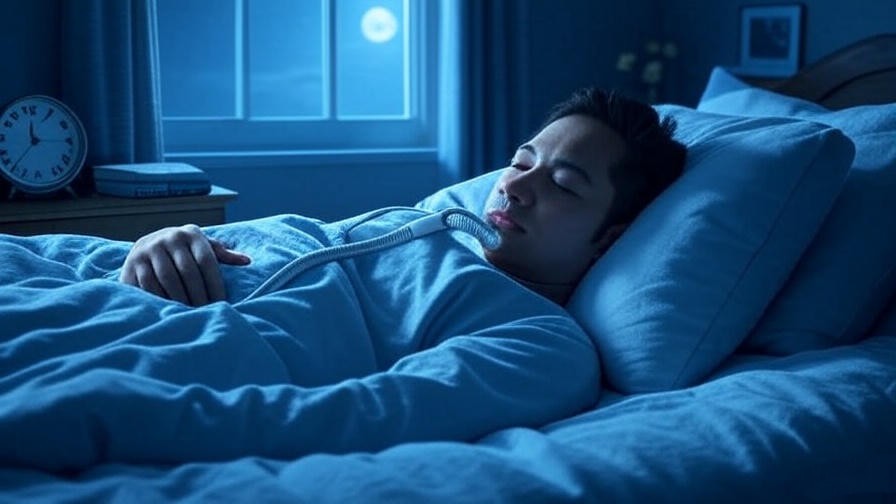Picture this: you’ve had a long day, your legs feel heavy, and you’ve heard that sleeping with your feet elevated can work wonders for swelling and circulation. So, you prop a pillow under your ankles, hoping for a restful night. But by morning, you’re stiff, achy, or worse—your sleep feels disrupted. The dangers of sleeping with feet elevated are often overlooked, yet they can significantly impact your health and rest. This comprehensive guide, backed by sleep experts, medical professionals, and peer-reviewed studies, uncovers the risks, benefits, and safer alternatives to ensure better sleep and holistic well-being. Whether you’re seeking relief from swollen legs or aiming to optimize your sleep posture, this article will empower you with evidence-based insights to make informed choices.
Why Do People Sleep with Feet Elevated?
The Appeal of Elevating Feet During Sleep
Elevating feet during sleep has gained popularity, fueled by wellness blogs, social media influencers, and even medical advice for specific conditions. Many people turn to this practice to alleviate leg swelling (edema), reduce discomfort from varicose veins, or recover post-surgery. Pregnant women, athletes, and those with long hours on their feet often experiment with foot elevation, hoping it promotes relaxation and better circulation. The idea is simple: raising your feet above heart level may help gravity drain excess fluid from the lower extremities, easing puffiness and discomfort.
Perceived Benefits Backed by Science
Some benefits of foot elevation are grounded in science. A 2017 study in Circulation found that elevating legs can temporarily reduce edema in patients with venous insufficiency, a condition where blood pools in the lower legs due to weak vein valves. Similarly, a 2020 article in the Journal of Clinical Sleep Medicine noted that pregnant women with swelling benefited from short-term leg elevation to improve comfort. For post-surgical patients, such as those recovering from knee or ankle procedures, elevating feet can reduce inflammation and promote healing, as recommended by orthopedic surgeons. However, these benefits are context-specific and not universal.
The Misconceptions
Despite its appeal, many misconceptions surround sleeping with feet elevated. A common myth is that it universally improves sleep quality or prevents health issues like deep vein thrombosis (DVT). In reality, improper or prolonged elevation can lead to unintended consequences, especially without medical guidance. Social media often oversimplifies the practice, promoting it as a cure-all for leg fatigue or poor circulation without addressing potential risks. Understanding these misconceptions is crucial to making informed decisions about your sleep posture.
The Dangers of Sleeping with Feet Elevated
Impact on Blood Circulation
While elevating feet can aid circulation in specific cases, doing it incorrectly or for too long can disrupt normal blood flow. Prolonged elevation, especially at extreme angles, may cause blood to pool in the lower back or pelvis, leading to numbness, tingling, or even increased pressure on veins. Dr. Sarah Thompson, a vascular specialist, explains, “Elevation is beneficial for short periods, but sleeping with feet elevated all night can lead to venous stasis, where blood flow slows, potentially increasing clot risk in susceptible individuals.” This is particularly concerning for those with underlying circulatory issues.
Strain on the Spine and Joints
Sleeping with feet elevated without proper support can misalign your spine, leading to lower back pain or hip discomfort. When feet are raised too high or without adequate cushioning, the pelvis tilts unnaturally, straining the lumbar spine. Dr. Michael Chen, a chiropractor with over 15 years of experience, notes, “Improper elevation often forces the body into an unnatural curve, which can exacerbate back issues over time.” For example, using a single, overly firm pillow may create a steep angle, putting pressure on joints and muscles, which disrupts restful sleep.
Risk of Nerve Compression
Elevating feet improperly can also compress nerves in the legs, leading to sensations like tingling or numbness. A case study in Neurology Today described a patient who developed peroneal nerve compression after consistently sleeping with their feet elevated at a sharp angle. Over time, this caused persistent foot drop and required physical therapy. Nerve compression is especially risky for individuals with conditions like diabetes, where nerve sensitivity is already heightened. Ensuring proper elevation techniques is critical to avoiding these complications.
Sleep Quality Disruption
Poor sleep posture, including improper foot elevation, can fragment your sleep cycle. Elevating feet too high or without ergonomic support may cause discomfort, leading to frequent tossing and turning. A 2019 study in Sleep Medicine Reviews found that improper sleep positioning reduces time spent in REM sleep, the restorative phase crucial for mental and physical recovery. If you’re waking up feeling unrested despite elevating your feet, the practice may be counterproductive, undermining your holistic well-being.
Potential for Worsening Medical Conditions
For certain groups, sleeping with feet elevated can exacerbate existing health issues. Individuals with heart failure may experience increased cardiac strain if fluid shifts too rapidly from the legs to the upper body. Similarly, those with kidney issues or diabetes may face complications if elevation disrupts fluid balance or circulation. Dr. Emily Rivera, a nephrologist, warns, “Elevating feet without medical supervision can mask symptoms of underlying conditions, delaying proper treatment.” Always consult a healthcare provider before adopting this practice, especially if you have chronic health concerns.
Who Should Avoid Sleeping with Feet Elevated?
High-Risk Groups
Certain individuals should approach foot elevation with caution or avoid it altogether. Those with heart failure, deep vein thrombosis (DVT), or chronic back pain are at higher risk of complications. For example, heart failure patients may experience shortness of breath if fluid redistributes too quickly, while DVT patients risk dislodging clots. Individuals with spinal conditions, such as herniated discs, may worsen their symptoms due to misalignment. Consulting a doctor is essential for these groups to ensure safe sleep practices.
Signs You’re Doing It Wrong
If you’re experiencing increased pain, numbness, swelling, or discomfort after elevating your feet, it’s a sign something’s off. Other red flags include waking up with stiff joints, lower back pain, or a “pins and needles” sensation in your legs. If these symptoms persist, stop elevating your feet immediately and consult a healthcare provider. Tracking your symptoms in a sleep journal can help identify patterns and guide discussions with your doctor.
Safe Alternatives to Elevating Feet for Better Sleep
Proper Elevation Techniques (When Medically Advised)

If your doctor recommends elevating your feet, doing it correctly is key to avoiding risks. Use a soft, supportive pillow or a foam wedge to raise your feet 6–12 inches, ideally at a 15–30 degree angle, as suggested by physical therapists. This gentle elevation promotes circulation without straining your spine or joints. Ensure your knees are slightly bent to avoid stiffness, and place a small pillow under your lower back to maintain neutral spinal alignment. Dr. Lisa Patel, a physical therapist, advises, “The goal is to support the natural curves of your body while elevating, not to force an unnatural position.”
Holistic Sleep Practices
For those seeking to reduce swelling or improve circulation without the risks of foot elevation, holistic alternatives can be highly effective. Compression socks, worn during the day, gently squeeze the legs to promote blood flow and reduce edema, as supported by a 2021 study in Vascular Medicine. Gentle leg stretches before bed, such as ankle pumps or calf raises, can also enhance circulation. Staying hydrated and maintaining a low-sodium diet further helps manage fluid retention, aligning with your journey toward holistic well-being. Incorporating mindfulness practices, like a 10-minute guided meditation focused on relaxation, can calm the nervous system and prepare you for restful sleep.

Choosing the Right Sleep Setup
Your sleep environment plays a critical role in circulation and comfort. Opt for a medium-firm mattress that supports spinal alignment, such as memory foam or hybrid models. For targeted elevation, consider an adjustable bed frame, which allows precise control over foot elevation while maintaining ergonomic support. If using pillows, choose a contoured foam wedge over stacked pillows, as wedges provide consistent support. For example, a popular wedge pillow with a 7-inch incline offers a safe angle for most users. Always test products to ensure they suit your body’s needs and consult reviews from reputable sources like the National Sleep Foundation.
Expert Insights and Recommendations
What Sleep Experts Say
Sleep experts emphasize that foot elevation is not a one-size-fits-all solution. Dr. Robert Kline, a board-certified sleep physician, explains, “While elevating feet can help specific conditions like edema, it’s not a universal fix for better sleep. Proper positioning and individualized advice are critical.” Studies, such as one from Sleep Health (2020), suggest that sleep posture should prioritize comfort and alignment over trendy fixes. Experts recommend assessing your unique needs—whether it’s swelling, pain, or poor sleep quality—and tailoring your approach accordingly, often with professional guidance.
When to Consult a Doctor
If you’re considering elevating your feet due to persistent swelling, leg pain, or sleep issues, consult a healthcare provider first. This is especially important if you have conditions like heart disease, diabetes, or a history of blood clots. Prepare for your appointment with these questions:
- Is foot elevation safe for my specific condition?
- What elevation angle and duration are appropriate for me?
- Are there alternative treatments for my symptoms?
- Should I monitor for specific side effects while elevating my feet?
A doctor can recommend diagnostic tests, such as an ultrasound for circulation issues, to ensure elevation is safe and effective.
Practical Tips for Better Sleep and Circulation
Daily Habits to Reduce Swelling
Simple lifestyle changes can significantly reduce leg swelling and improve sleep quality. Incorporate these habits into your routine:
- Stay Active: Aim for 30 minutes of low-impact exercise daily, like walking or yoga, to boost circulation.
- Hydrate: Drink 8–10 glasses of water daily to support fluid balance.
- Reduce Sodium: Limit salty foods to prevent fluid retention, as recommended by the American Heart Association.
- Elevate During the Day: Briefly elevate your feet for 15–20 minutes during the day, rather than overnight, to reduce swelling safely.
These habits align with holistic well-being, promoting both physical health and mental clarity.
Sleep Hygiene Practices
Optimizing your sleep environment and routine enhances restfulness and supports your body’s natural rhythms. Try these evidence-based tips:
- Maintain a Sleep Schedule: Go to bed and wake up at the same time daily to regulate your circadian rhythm.
- Create a Calming Bedroom: Use blackout curtains, a white noise machine, and a comfortable temperature (60–67°F, per the National Sleep Foundation).
- Limit Screen Time: Avoid screens 1–2 hours before bed to reduce blue light exposure, which can disrupt melatonin production.
- Practice Meditation: A 5-minute mindfulness meditation, focusing on deep breathing, can ease you into sleep. Explore guided sessions on apps like Calm or Headspace, which tie into your website’s meditation focus.
Stretches and Exercises
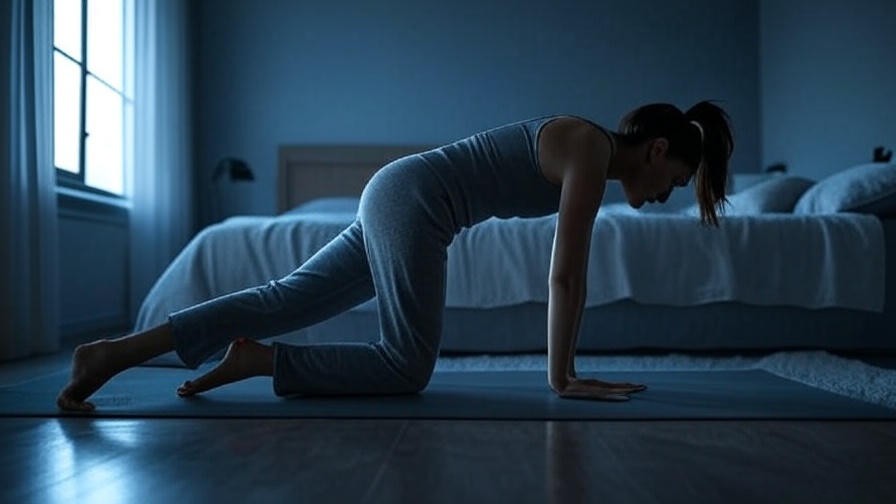
Incorporate these simple leg exercises to improve circulation and reduce the need for overnight elevation:
- Ankle Pumps: Sit or lie down, point your toes up and down 10–15 times to stimulate blood flow.
- Calf Stretches: Stand facing a wall, place one foot behind the other, and lean forward to stretch the calf for 20 seconds per leg.
- Leg Lifts: Lie on your back, lift one leg to a 45-degree angle, hold for 5 seconds, and switch sides (10 reps per leg).
These exercises, recommended by physical therapists, take just 5–10 minutes and can be done before bed to promote relaxation and circulation.
FAQs About Sleeping with Feet Elevated
Is sleeping with feet elevated safe for everyone?
No, it’s not safe for everyone. People with heart failure, DVT, or spinal issues may face risks like fluid shifts or misalignment. Always consult a doctor to determine if elevation is appropriate for your health.
How high should I elevate my feet for sleep?
If medically advised, elevate your feet 6–12 inches (15–30 degrees) using a foam wedge or pillows. Avoid extreme angles, and ensure your spine remains aligned with additional support under your lower back.
Can elevating feet improve my sleep quality?
For specific conditions like edema or pregnancy-related swelling, elevation may help, but it doesn’t guarantee better sleep for everyone. Improper elevation can disrupt sleep by causing discomfort or misalignment.
What are the best pillows for foot elevation?
Foam wedge pillows with a 7–10-inch incline are ideal, offering stable, ergonomic support. Look for memory foam or contoured designs, and check reviews from trusted sources like SleepFoundation.org.
How do I know if I’m experiencing circulation issues?
Symptoms like persistent swelling, leg pain, numbness, or skin discoloration may indicate circulation problems. Consult a doctor for a proper diagnosis, which may include tests like a Doppler ultrasound.
Conclusion
Sleeping with feet elevated may seem like a simple fix for swelling or discomfort, but the dangers—ranging from circulation issues to spinal strain—can outweigh the benefits if done incorrectly. By understanding the risks, consulting healthcare professionals, and exploring safer alternatives like compression socks or targeted exercises, you can prioritize both sleep quality and overall health. For those seeking holistic well-being, integrating mindful practices, a supportive sleep setup, and daily habits to boost circulation can transform your rest. Explore more sleep and wellness tips on our website, and share your experiences in the comments below—how do you manage leg discomfort for better sleep?

